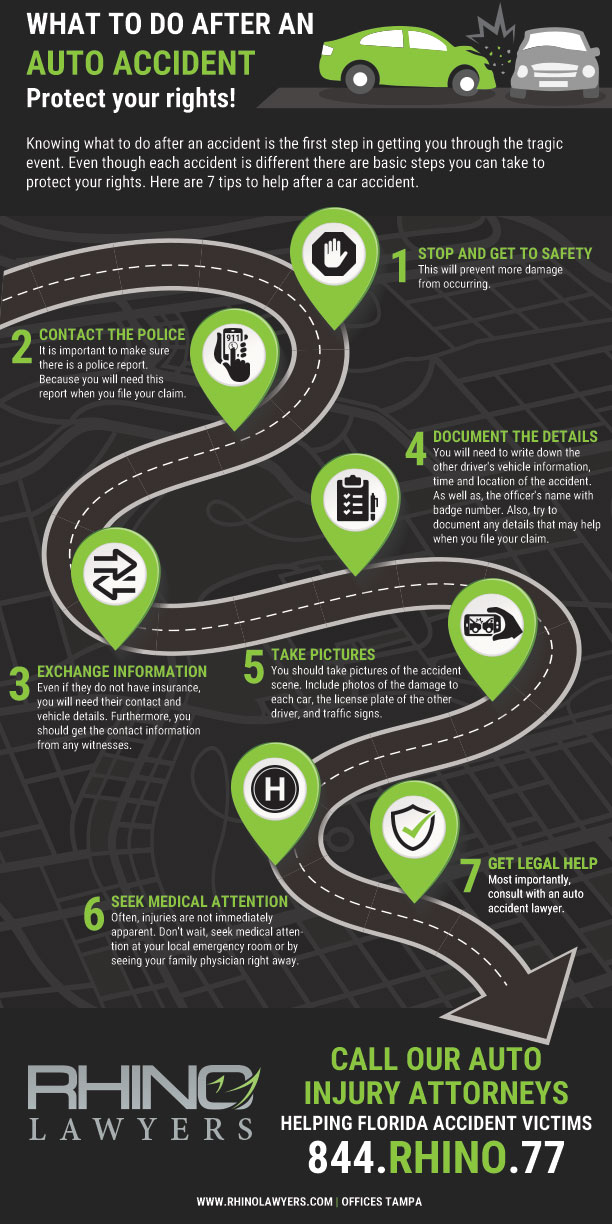En una encuesta reciente de YouGov, 5% de conductores dijeron que el conductor medio de su estado era terrible. Solo 1% se calificaron a sí mismos de pésimos.
Es fácil confiarse, incluso en las tareas de conducción más básicas. Los giros indebidos son un problema infravalorado pero muy real. La ley se lo toma en serio, aunque los conductores no siempre se den cuenta de que lo están haciendo.
Siga leyendo para conocer los conceptos erróneos sobre lo que constituye un giro ilegal y cómo evitar sanciones.
¿Qué se considera un giro ilegal?
¿Qué es un giro ilegal?
Algunos ejemplos son:
- Girar desde el carril equivocado
- Ignorar las señales de tráfico
- Desobedecer las señales de tráfico
- Giros en U inadecuados
- No ceder el paso
- Girar sin señalizar
- Hacer giros amplios
- Girar desde una calle de sentido único o una propiedad privada
- Girar en rojo cuando está prohibido
Errores comunes
Incluso los conductores experimentados pueden albergar ideas equivocadas.
Los giros en U son complicados, y los conductores no siempre saben cuándo pueden o no realizarlos. También es fácil olvidar cuándo y dónde es necesaria la señalización.
Los giros en U son legales si no hay una señal de prohibido girar en U
La norma general para los giros en U en Florida se encuentra en Estatuto 316.1515que incluye autorizaciones y restricciones específicas. Dice que los giros en U están permitidos cuando no hay una señal que los prohíba, siempre que puedas hacerlos con seguridad sin interferir con el tráfico.
Eso puede llevar a suponer que están permitidos en cualquier sitio. Un giro en U puede ser ilegal en:
- Intersecciones con semáforos
- Carreteras de tres carriles
- Pasos de peatones
Las zonas residenciales siempre permiten giros en U
Los conductores pueden dar por sentado que los giros en U son siempre legales en las zonas residenciales. Fíjate primero en la señalización de la carretera.
¿Hay una doble línea amarilla? Un giro en U puede ser aceptable.
Los intermitentes no son necesarios en carreteras vacías
Si eres el único conductor en un tramo largo de carretera, puede que te preguntes si es necesario señalizar.
No hacerlo constituye una infracción. No señalizar contribuye a que se produzcan accidentes, especialmente en carreteras pobladas.
Sanciones por giro ilegal
Los giros ilegales interrumpen la fluidez del tráfico y aumentan el riesgo de accidente. Por eso las sanciones por giros ilegales son tan elevadas. Prepárese para afrontar repercusiones financieras y jurídicas.
Las multas de tráfico están casi garantizadas para las infracciones de giro. El importe a pagar depende de los detalles del siniestro y de su historial de conducción.
Las infracciones de tráfico funcionan a sistema de puntos. Cada infracción le da un cierto número de puntos dependiendo de la gravedad y la frecuencia con la que ha recibido esa violación antes. La mayoría de los giros ilegales suman tres puntos a tu licencia.
Si obtiene demasiados puntos, normalmente doce o más, pueden llegar a suspenderle el carné. Dependiendo de tu historial de conducción, puede que tengas que asistir a una escuela de tráfico para recuperarlo.
Un giro ilegal puede aumentar sus primas de seguro en una media de 22,6%, lo que equivale a un aumento de $332. Lo peor es que este aumento no siempre es temporal. Puede permanecer en tu historial durante años.
Evitar las infracciones de tráfico
La conducción prudente es el método más sencillo para evitar las infracciones de tráfico, incluidos los giros ilegales.
Hágase una idea previa de su ruta para saber dónde tendrá que girar y dónde están las señales. Respeta las normas de seguridad vial e indica a los demás conductores cuándo piensas girar.
Planificar con antelación
Planifique su viaje para identificar dónde y cómo realizar los giros. Así evitarás hacer maniobras o cambios de carril arriesgados en el último momento.
Intenta girar sólo en zonas donde tengas mucha visibilidad. Evite girar en:
- Colinas
- Curvas
- Zonas de gran tránsito peatonal
Utilice sus señales y espejos
Utilice siempre los intermitentes y otros indicadores. No hacerlo convierte automáticamente cualquier giro en un giro ilegal.
Es importante utilizar los intermitentes con mucha antelación. La regla general es acordarse de ponerlos al menos 100 pies antes del giro.
Mire por los espejos retrovisores y laterales antes de girar. Compruebe que no hay vehículos en sus ángulos muertos. Es fundamental al cambiar de carril para hacer un giro.
Busque señales
En los cruces, fíjese en las señales que prohíben girar en U o a la izquierda con el semáforo en rojo. No inicies un giro en U o a la izquierda con el semáforo en rojo.
Gire sólo en los carriles señalizados para girar a la izquierda o a la derecha. Accidentes por cambio de carril en hora punta son demasiado comunes.
Ceda el paso, reduzca la velocidad y pare
Ceda siempre el paso a los vehículos contrarios y a los peatones durante los giros.
Reduzca la velocidad al girar y deténgase por completo en las señales de stop o los semáforos en rojo.
Vigilar las rotondas
Al tiempo que facilitan la fluidez del tráfico, las rotondas también suponen un reto para los conductores a la hora de comprender las normas de seguridad vial.
Reduzca la velocidad y ceda el paso al tráfico que ya circula por la rotonda. Señaliza tu salida y no hagas giros de última hora en la rotonda.
Cómo luchar contra las multas
Los giros ilegales son errores comunes en las leyes de tráfico, y no siempre están causados por una mala conducción. Es posible que no hayas podido ver una señal que te indicaba que no debías girar en U.
Incluso sus mejores esfuerzos pueden dejarle con una multa, contra la que puede luchar con las pruebas y la representación adecuadas.
Eche un vistazo a todos los detalles de su multa por giro ilegal. Asegúrese de que entiende la infracción específica y las sanciones que conlleva.
Reunir pruebas es esencial para su caso.
Empieza a meterte en la mente de un detective y anota todo lo que se te ocurra que pueda ser importante. Obtenga declaraciones de testigos si alguien vio el giro. Tome fotografías de:
- Poco claro o señalización incorrecta
- Estado de las carreteras
- Líneas de visión obstruidas
Busque un abogado con experiencia. Pueden reunir pruebas y construir un caso. Si se ha producido una colisión debido a un giro ilegal, pueden ayudar a demostrar la culpa.
Encuentre un abogado de tráfico hoy
Existen varios conceptos erróneos sobre lo que constituye un giro ilegal. Los giros en U no siempre están permitidos en zonas residenciales o calles sin señales de Prohibido Girar en U. No señalizar es tan ilegal en carreteras vacías como en autopistas con mucho tráfico.
Evitar giros ilegales requiere una conducción cuidadosa. Impugnar una multa requiere reunir pruebas y obtener representación.
RHINO Lawyers se apasiona por llevar el sector jurídico al siglo XXI. Ofrecemos una comunicación cordial en sus términos, ya sea en persona o digitalmente.
También contamos con un historial probado, ya que hemos ayudado a miles de clientes en situaciones similares. Contacto con nosotros para un análisis gratuito de su caso hoy mismo.
CONTACTAR CON EL ABOGADO DE MULTAS DE TRÁFICO DE TAMPA
RHINO Abogados puede ayudar y guiarle a través de un sistema moldeado por las fuerzas del orden, los jueces y los abogados durante décadas. Habiendo ganado casos para nuestros clientes en circunstancias similares, nuestro equipo de defensa penal sabe lo que se necesita para luchar en su nombre.
Dejemos que RHINO Lawyers responder a sus preguntas y revisar los hechos de su caso con una consulta gratuita. Así que, comience completando el "EVALUACIÓN DE CASO GRATUITA INSTANTÁNEAMENTE" o llamándonos a cualquier hora, de día o de noche, al (844) RHINO-77.










